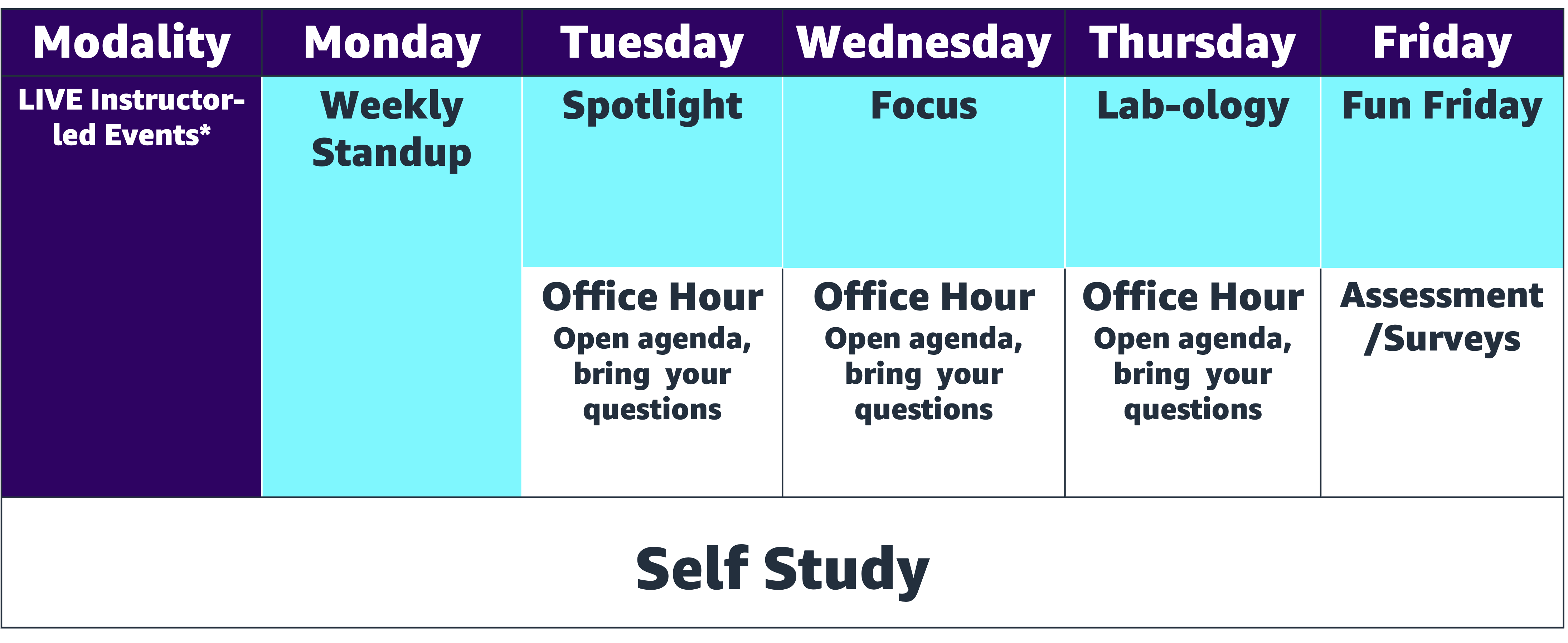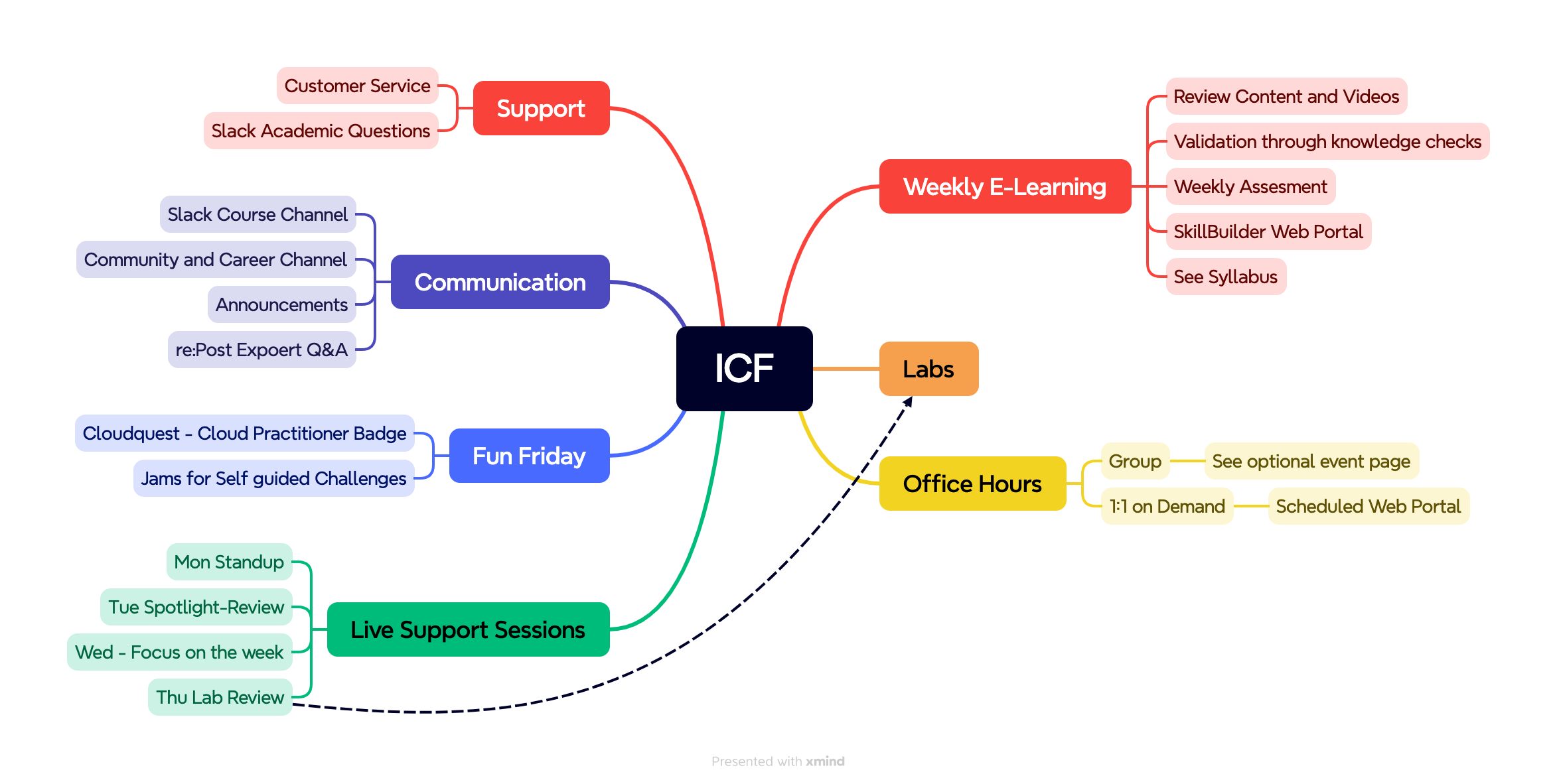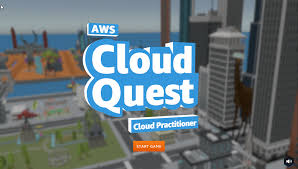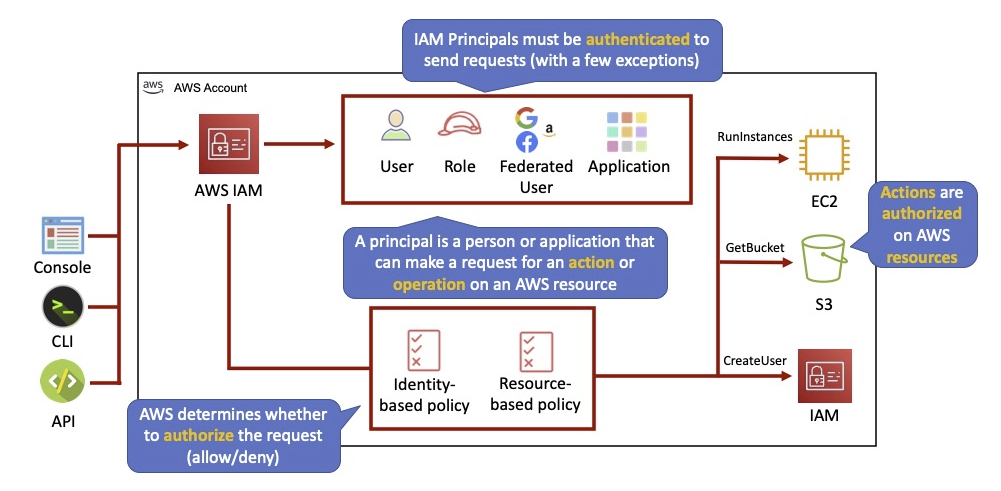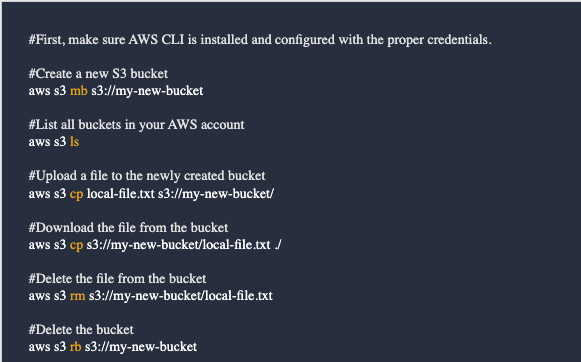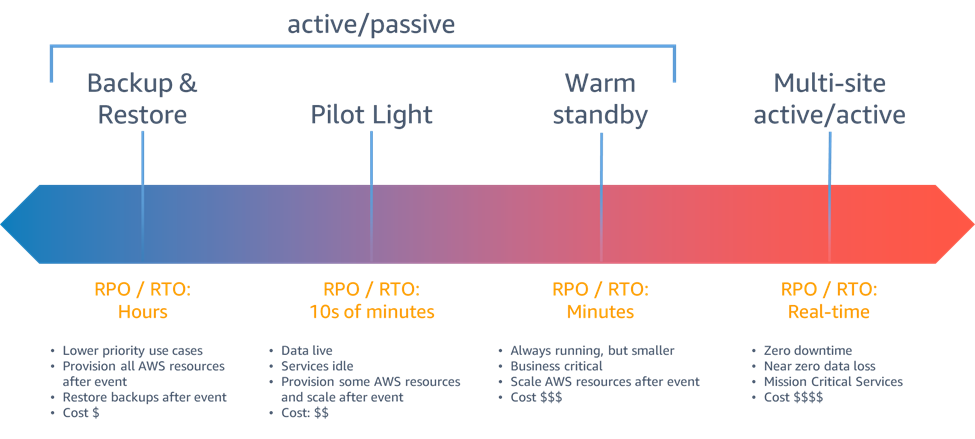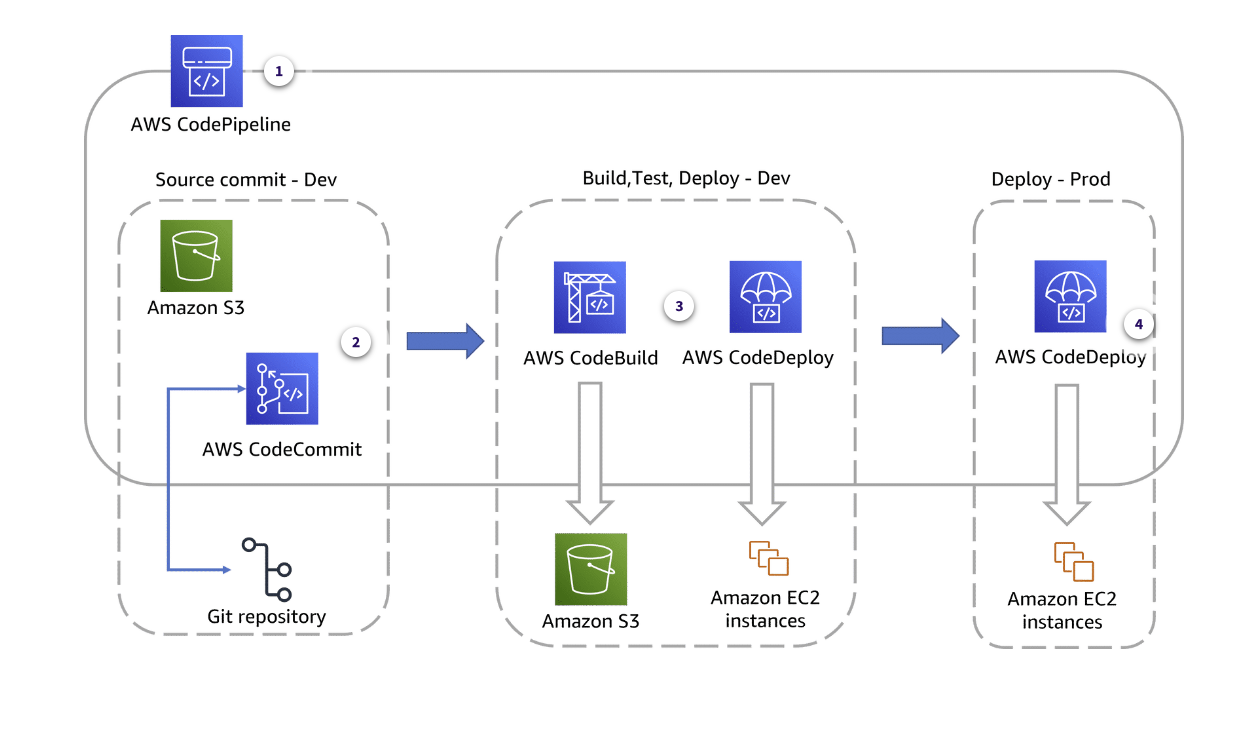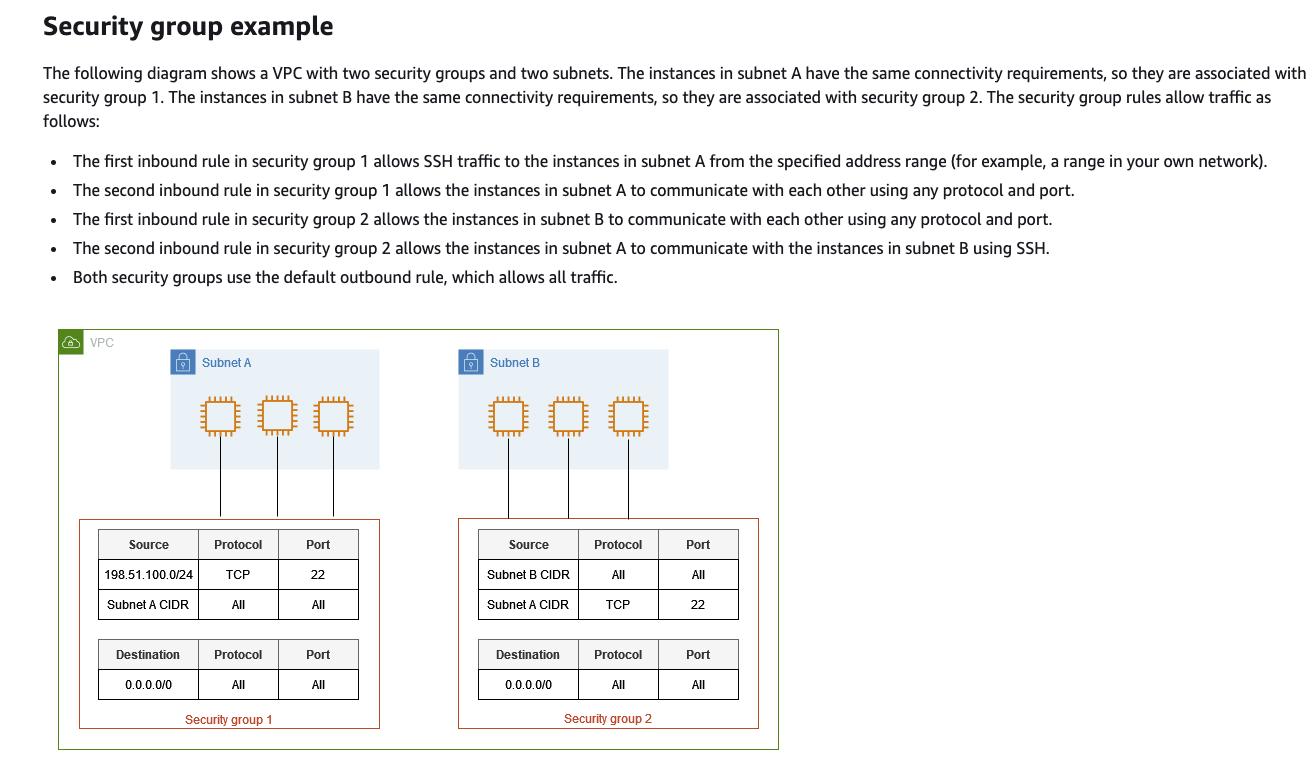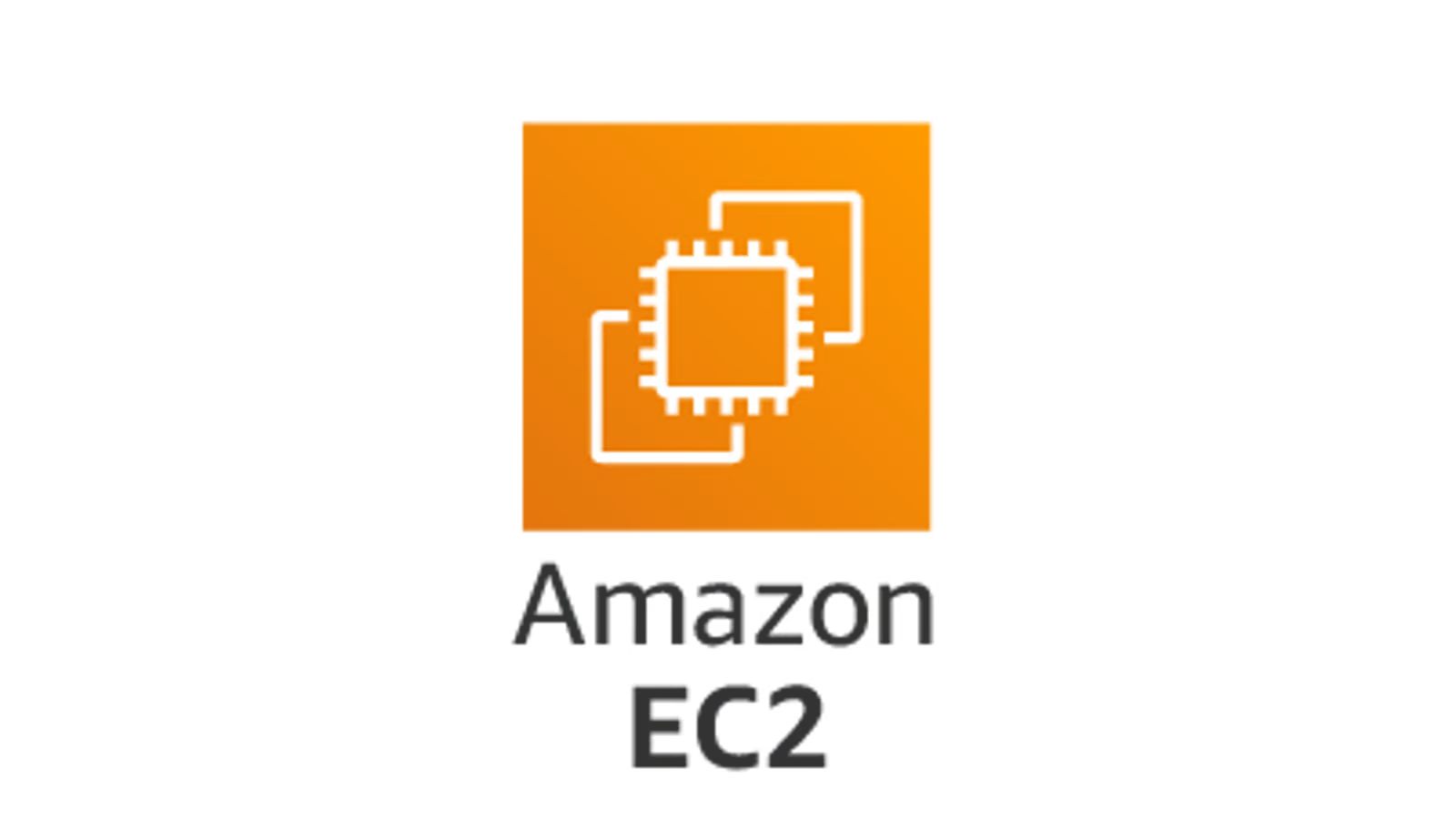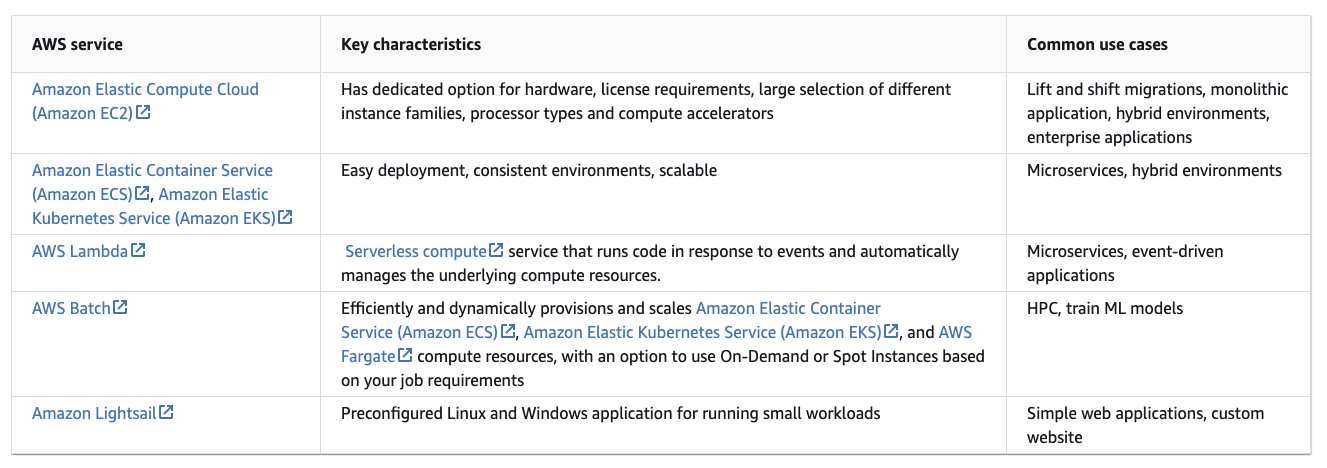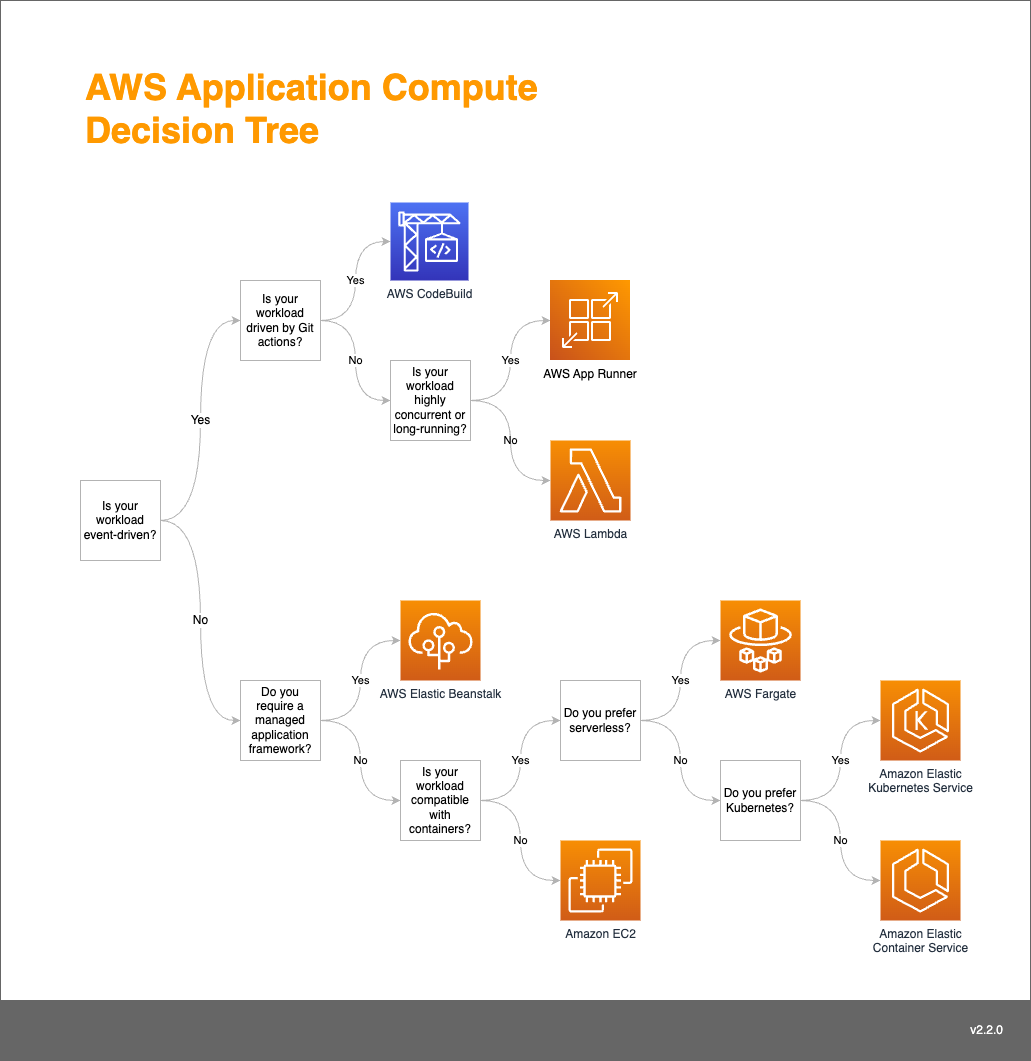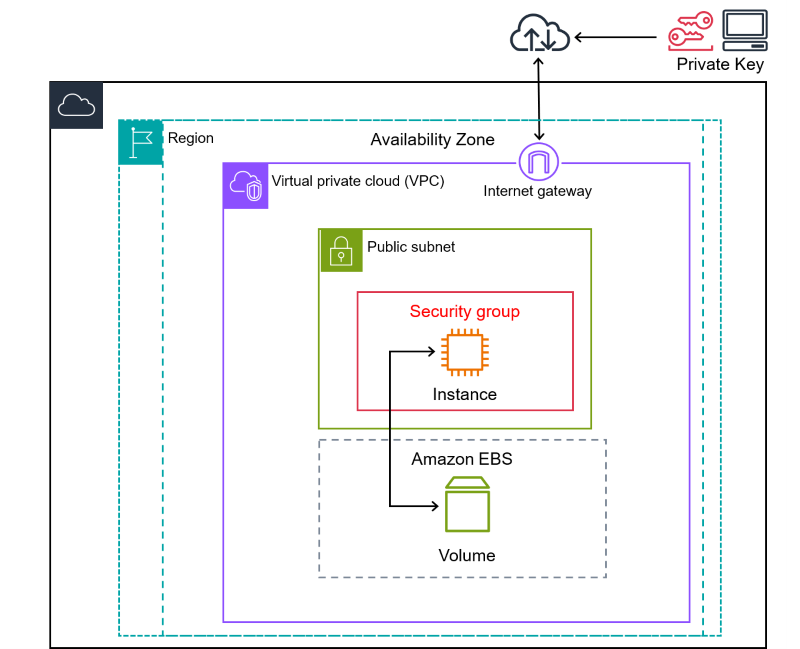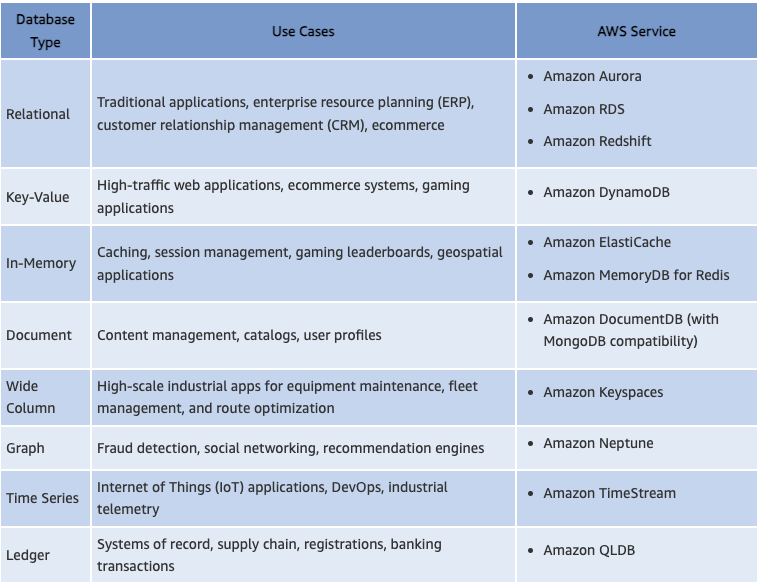Introduction to Cloud Foundations Spring Semester
Class Notes April 8th - June 21
Slack Channel for communication
https://awsdevelopers.slack.com/archives/C06QNLQQQS3
Office Hours on Demand
Schedule a 1:1 meeting with ICF instructors to follow up on questions, concerns , or suggestions
https://prelude.amazon.com/s/fZplOGijF/fKRPC
Weekly Schedule
Learner Overview of ICF
SkillBuilder Link for E-Learning
https://explore.skillbuilder.aws
Week 1
Quick Start Guide - https://explore.skillbuilder.aws/pages/95/quick-start-guide
Learner Handbook - https://explore.skillbuilder.aws/pages/84/learner-handbook
Important Calendar Dates - https://explore.skillbuilder.aws/pages/83/program-calendar
FAQ - https://explore.skillbuilder.aws/pages/85/faq
Getting help outside the classroom
Enrollment, Billing, Vouchers, Email Address Issues, Non Academic Issues
ACI Customer Support - https://support.aws.amazon.com/#/contacts/aws-training
Week 2
Play AWS Cloud Quest - https://cloudquest.skillbuilder.aws/
AWS Global Infrastructure - https://aws.amazon.com/about-aws/global-infrastructure/
Detail on AWS AZ's - https://docs.aws.amazon.com/whitepapers/latest/aws-fault-isolation-boundaries/availability-zones.html
AWS Outposts - https://aws.amazon.com/outposts/rack/hardware-specs/
IAM Best Practices - http://docs.aws.amazon.com/IAM/latest/UserGuide/best-practices.html
Interacting with AWS - https://docs.aws.amazon.com/whitepapers/latest/aws-overview/accessing-aws-services.html
Configure the AWS CLI - https://docs.aws.amazon.com/cli/latest/userguide/cli-chap-configure.html
AWS Command Line Practice
Week 3
Learner Services
https://explore.skillbuilder.aws/pages/82/learner-services
This Thursday April 25th Cloud Chat will be posted as a video replay by 5pm ET with a link to watch.
Design Principles
Marc Petricciani, Sr. Design Architect | CS Fixed
April 25, 2024
Get to know the design principles applied in resume creation.
Assuming an IAM role using AWS CLI
https://www.youtube.com/watch?v=-uogKFE1r60
Disaster Recovery Options
Continuous Integration and Continuous Delivery (CI/CD)
Lab 2 - Using Trusted Advisor
This lab practices the use of Trusted Advisor to review some security findings, one of those findings alerts the user to the fact that some unnecessary ports are exposed and how to fix them.
Security groups are logical firewalls, we will spend more time in the coming weeks showing greater depth on this subject.
https://docs.aws.amazon.com/vpc/latest/userguide/vpc-security-groups.html
Week 4 Compute
Why go from Physical Servers to Virtual Machines ?
| Physical Server | Virtual Machine |
|---|---|
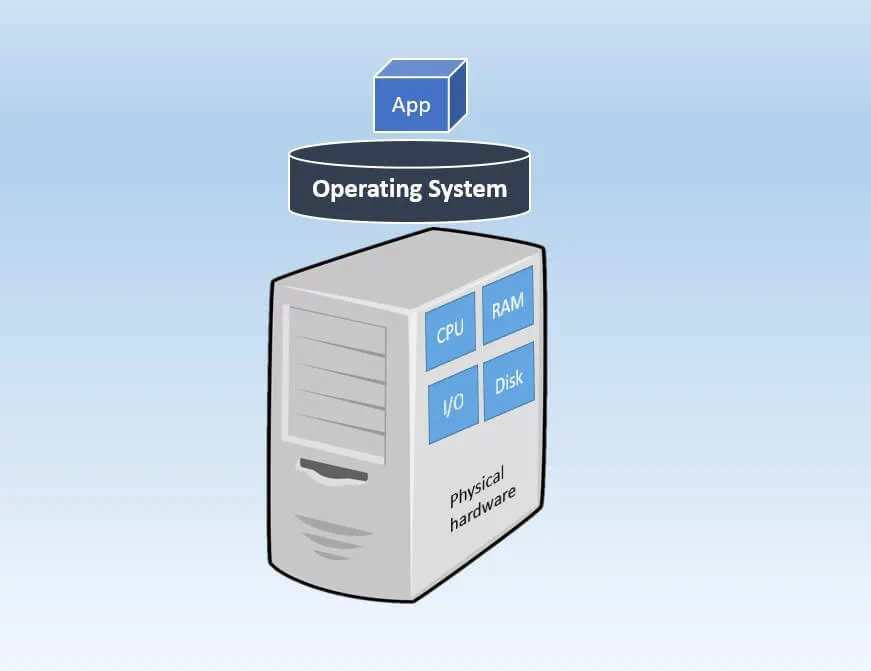 | 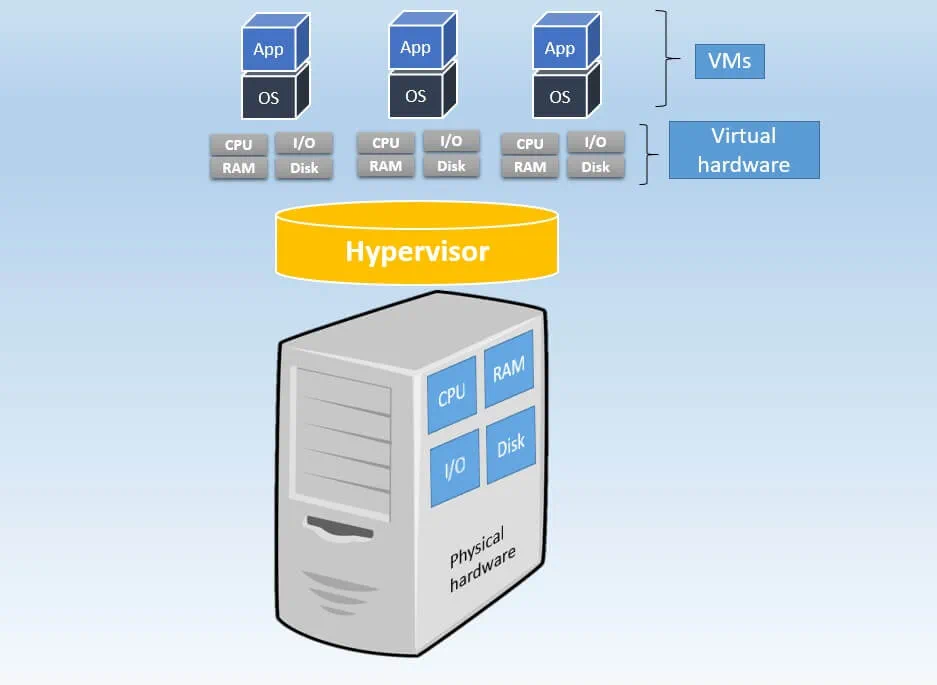 |
| Large upfront costs | Small upfront costs |
| No need for licensing purchase | VM software licenses |
| Physical servers and additional equipment take a lot of space | A single physical server can host multiple VMs, thus saving space |
| Has a short life-cycle | Supports legacy applications |
| No on-demand scalability | On-demand scalability |
| Hardware upgrades are difficult to implement and can lead to considerable downtime | Hardware upgrades are easier to implement; the workload can be migrated to a backup site for the repair period to minimize downtime |
| Difficult to move or copy | Easy to move or copy |
| Poor capacity optimization | Advanced capacity optimization is enabled by load balancing |
EC2 Instances Types Table - https://aws.amazon.com/ec2/instance-types/#instance-type-matrix
How to Choose the right Compute Platform
AWS Article - https://docs.aws.amazon.com/wellarchitected/latest/framework/perf_compute_hardware_select_best_compute_options.html
Typical EC2 Getting Started
AWS Documentation Your Friend
AWS Article User Data Scripts
https://docs.aws.amazon.com/AWSEC2/latest/UserGuide/user-data.html
Week 4 Lab Launching an EC2 Instance using the Console
Staring Lab takes about 5 mins to warm up, Lab can take 90 mins or so to complete
Lab Tasks
Task 1: AWS Console login and Amazon EC2 console overview - (basic navigation of EC2 services page)
Task 2: Configure, launch and review the lifecycle of an EC2 instance - (launch instance, review instance state, STOP it)
Task 3: Modify an EC2 instance (modify instance t.3 micro and increase storage to gp3 - 30GB then terminate instance)
Task 4: Launch an EC2 Instance with additional configuration and test User-data implementation (check success Apache)
Task 5: Explore Reboot and Hibernate instance states - ( reboot may take a few minutes - refresh browser possible)
Task 6: Explore Elastic IP (create and associate Elastic IP - test to make sure it’s working - trouble shooting)
Task 7: Access and Explore the EC2 Instance Virtual Machine (connect and do admin update using CLI)
Task 8: Test Termination Protection
Week 5 Databases
Why go from to storing data in flat files to Databases ?
Databases were invented to provide an efficient and organized way to store, manage, and retrieve large amounts of data. Here are some of the main reasons that led to the development of database systems:
-
Data Redundancy and Inconsistency: Before databases, data was typically stored in flat files or spreadsheets, which often led to redundant and inconsistent data across different files or applications. Databases solved this problem by providing a centralized repository for data, eliminating redundancy and ensuring data consistency.
-
Data Integrity: Databases offer mechanisms to enforce data integrity rules, such as constraints and transactions, ensuring that data remains accurate and reliable even in the face of concurrent access or system failures.
-
Data Security: Databases provide built-in security features, such as user authentication, access control, and data encryption, to protect sensitive information from unauthorized access or modification.
-
Data Sharing and Concurrent Access: Databases enable multiple users or applications to access and manipulate data concurrently, while maintaining data integrity and consistency.
-
Data Independence: Databases separate the logical view of data from its physical storage, allowing changes to be made to the physical storage without affecting the logical structure or applications that access the data.
-
Query and Reporting: Databases offer powerful query languages, such as SQL, that allow users to retrieve, filter, and analyze data efficiently, enabling complex reporting and decision-making processes.
-
Application Development: Databases provide a structured and standardized way to store and access data, simplifying the development of applications that require data management capabilities.
-
Scalability and Performance: Modern database systems are designed to handle large volumes of data and provide efficient storage, indexing, and retrieval mechanisms, ensuring scalability and high performance as data grows.
The invention of databases revolutionized the way data is managed and processed, enabling organizations to leverage their data assets more effectively and make better-informed decisions.
Selecting the right database and database migration plan for your workloads
Decision Tree for AWS Databases
DynamoDB
Amazon DynamoDB is a fully managed NoSQL database service that provides fast and predictable performance with seamless scalability. DynamoDB lets you offload the administrative burdens of operating and scaling a distributed database so that you don't have to worry about hardware provisioning, setup and configuration, replication, software patching, or cluster scaling. DynamoDB also offers encryption at rest, which eliminates the operational burden and complexity involved in protecting sensitive data.
https://docs.aws.amazon.com/amazondynamodb/latest/developerguide/GettingStartedDynamoDB.html
Relevanter Inhalt
 AWS OFFICIALAktualisiert vor 3 Monaten
AWS OFFICIALAktualisiert vor 3 Monaten AWS OFFICIALAktualisiert vor 2 Jahren
AWS OFFICIALAktualisiert vor 2 Jahren AWS OFFICIALAktualisiert vor 2 Jahren
AWS OFFICIALAktualisiert vor 2 Jahren AWS OFFICIALAktualisiert vor einem Jahr
AWS OFFICIALAktualisiert vor einem Jahr
